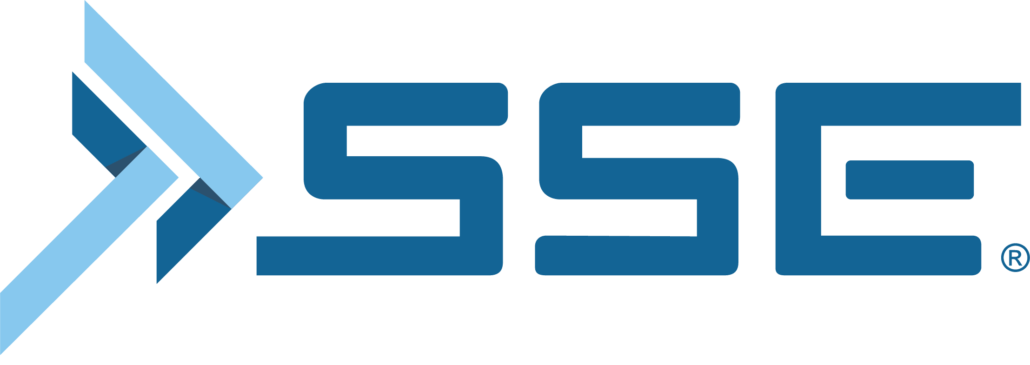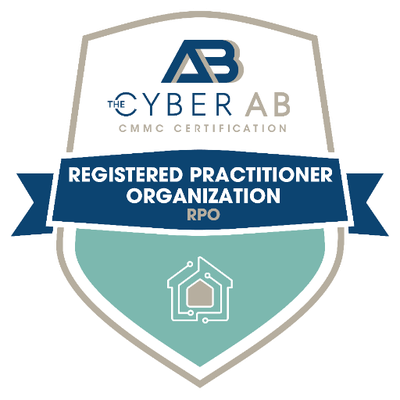Need to Meet CMMC Compliance?
Schedule Your CMMC Readiness Assessment
Fill out the form below to start the process
"*" indicates required fields
Learn More About CMMC and NIST Compliance
Check out some of our technology and DOD cybersecurity articles.
Contact us
About SSE
Contact Us
Interested in how SSE can optimize your business systems to ensure maximum availability and security? Contact our team today, and take a leap forward into the future of technology.
9666 Olive Blvd # 710,
St. Louis, MO 63132
info@sseinc.com | (314) 439-4700








Today’s digital landscape requires safeguarding sensitive information to protect against increasingly sophisticated cyber threats. All companies, from large to small, need to fortify cybersecurity defenses to ward off potential breaches, and one powerful tool that has emerged as a cornerstone of cybersecurity is Multi-Factor Authentication (MFA). Notably, MFA isn’t just a security solution; it’s also a crucial element in meeting Cybersecurity Maturity Model Certification (CMMC) standards.
What is Multi-Factor Authentication (MFA)?
At its core, MFA is a robust security mechanism that requires users to provide multiple forms of identification before accessing a system, application, or network. MFA typically involves three factors of authentication:
The Significance of MFA in CMMC Compliance
The NIST 800-171 framework was developed to ensure that companies working with the U.S. Department of Defense (DoD) adhere to robust cybersecurity practices. With the release of CMMC, the bar for cybersecurity standards has been raised even higher, necessitating organizations to adopt advanced security measures in order to pass a certification audit.
CMMC mandates that organizations implement specific security measures to protect Controlled Unclassified Information (CUI). MFA aligns seamlessly with these requirements by significantly reducing the risk of unauthorized access, data breaches, and identity theft. By implementing MFA, companies can ensure that only authorized personnel gain access to sensitive systems and data, preventing potential breaches at the first layer of defense.
Types of MFA
The various levels of cybersecurity practices are categorized by CMMC into domains, and MFA may be a critical component across several of them. Common types of MFA methods include:
Embrace a More Secure Future with SSE
When it comes to cybersecurity, complacency is not an option. As cyber threats continue evolving, so must our defense strategies. MFA helps fortify access control measures and safeguards sensitive data. By integrating MFA into your cybersecurity framework, your organization can align with the requirements of CMMC and proactively secure its digital assets against the ever-evolving cyber risks.
MFA isn’t just an additional layer of protection; it’s a testament to your organization’s commitment to safeguarding its operations, clients, and future. Does your organization have MFA deployed? Let SSE help your business achieve better security with comprehensive cybersecurity solutions.
Contact SSE today to schedule an initial consultation.